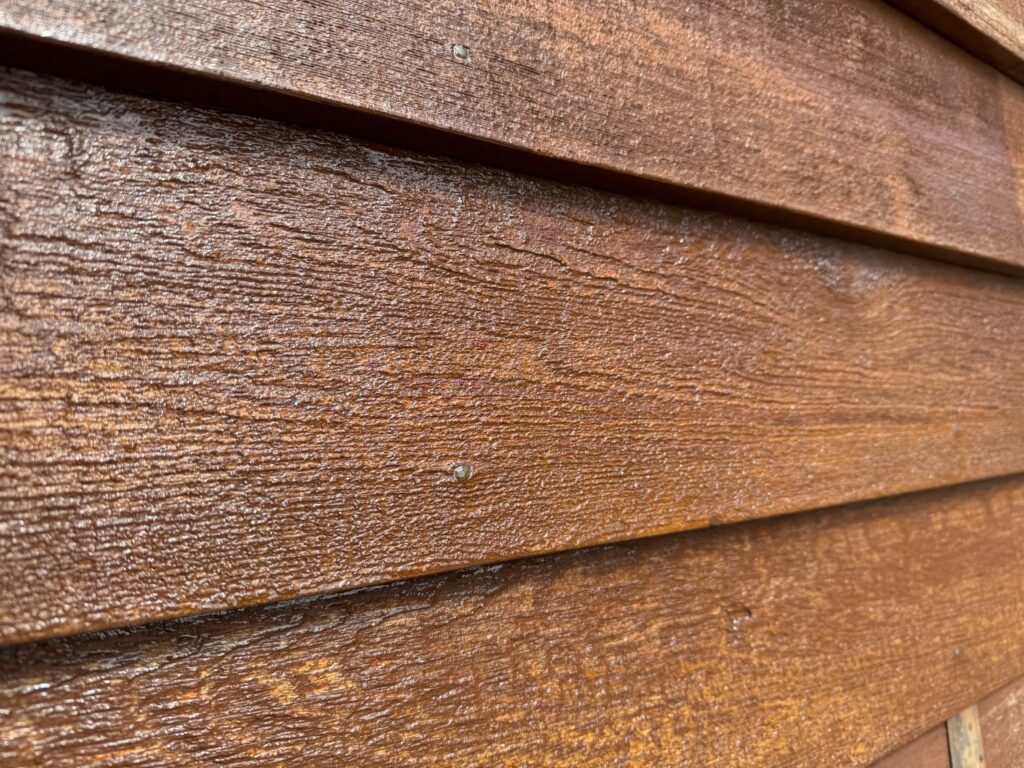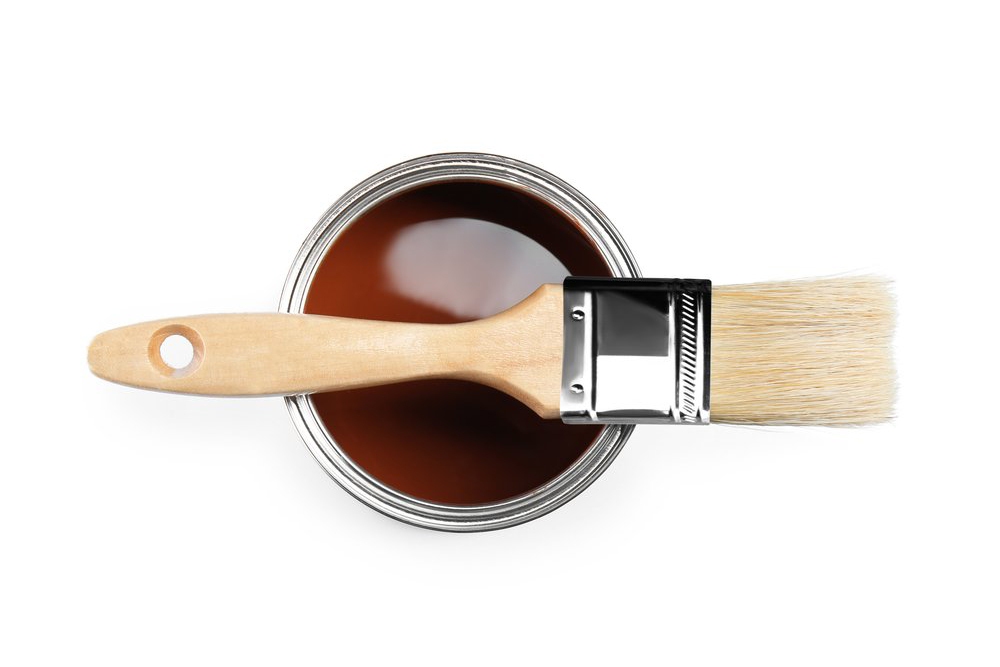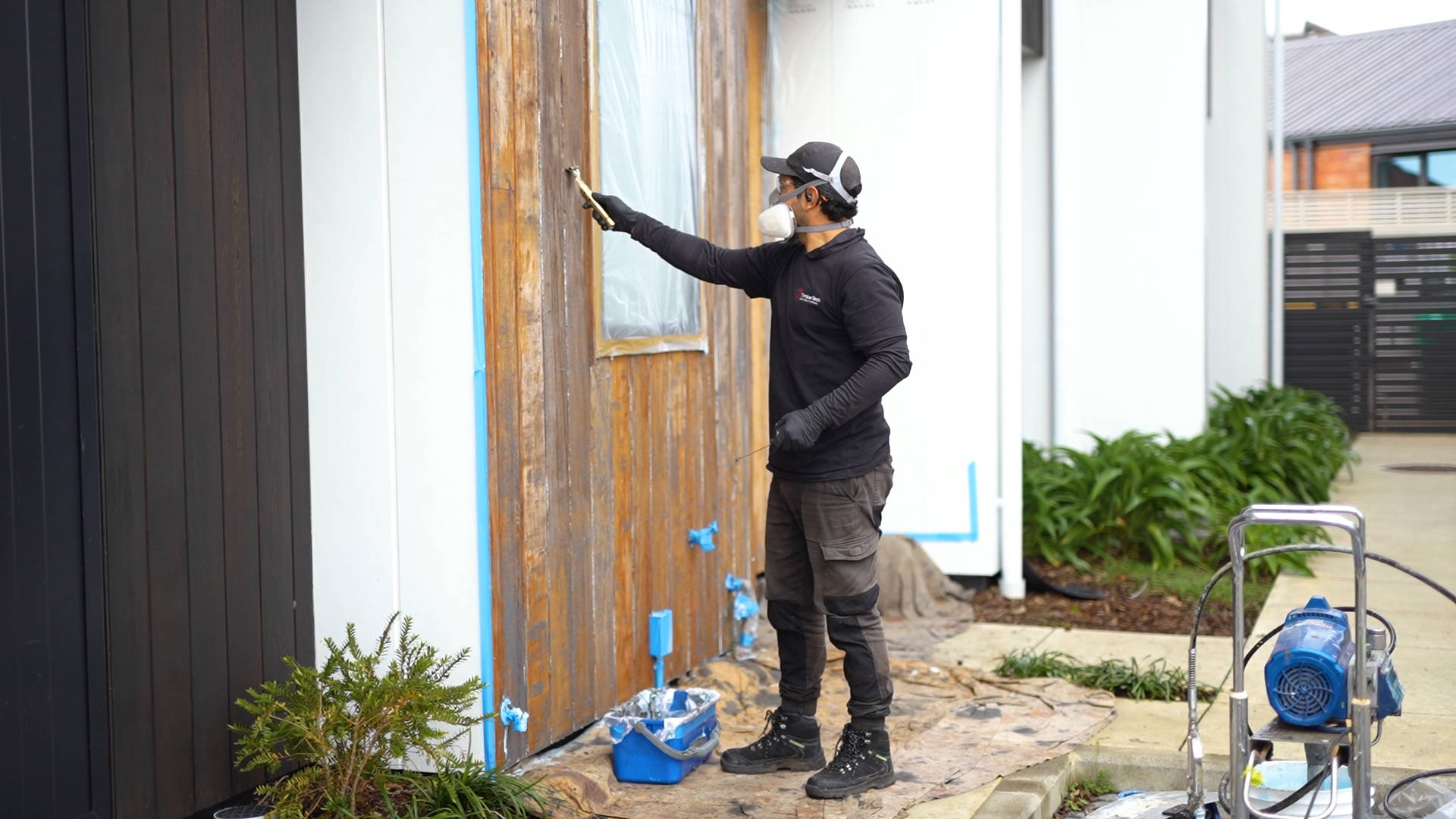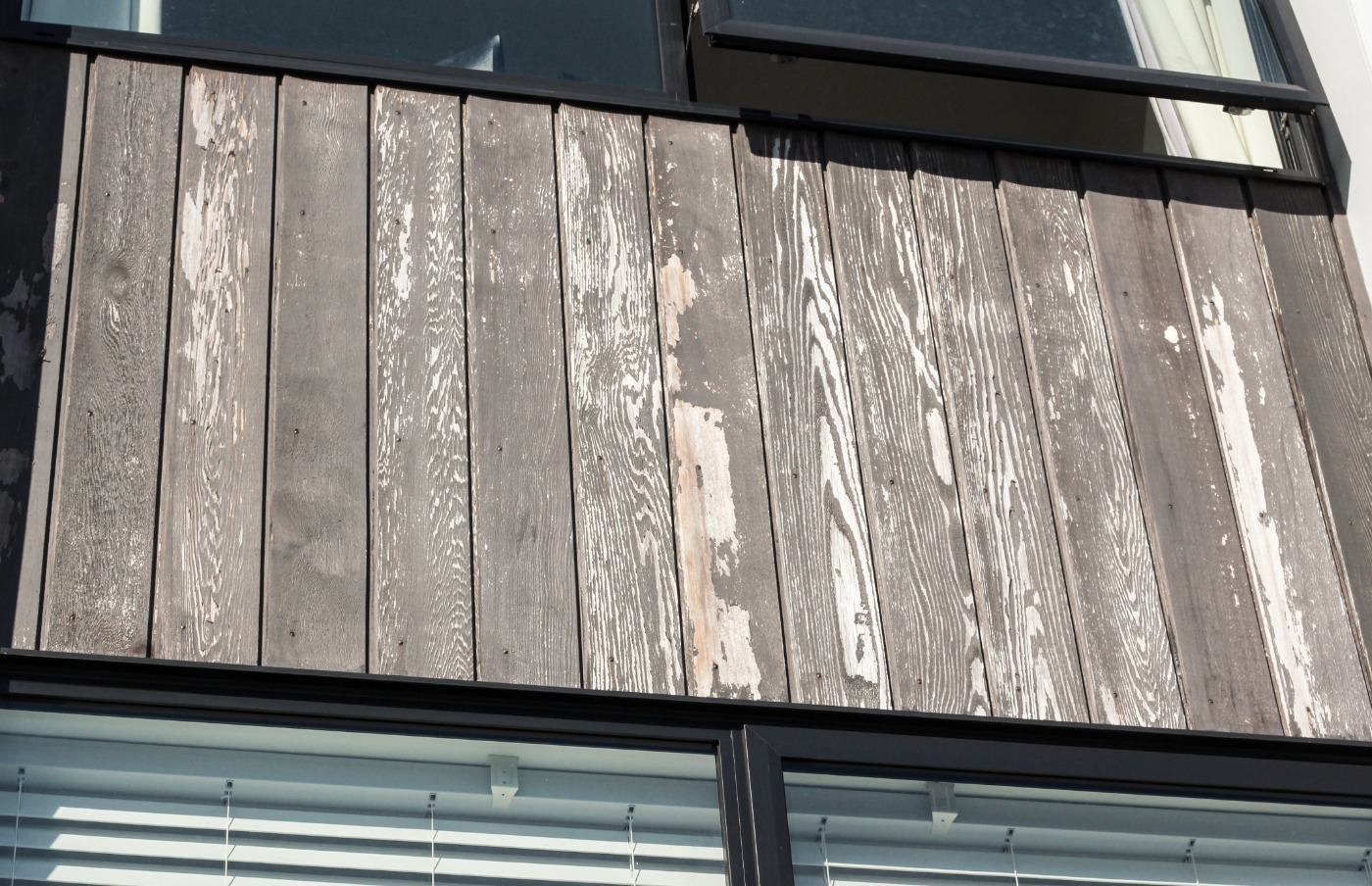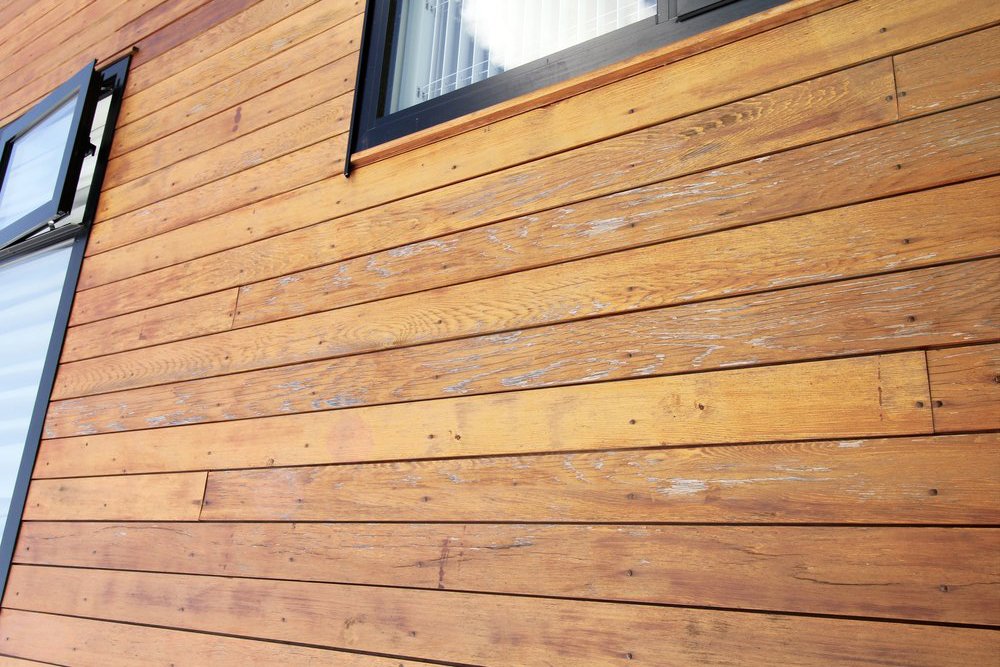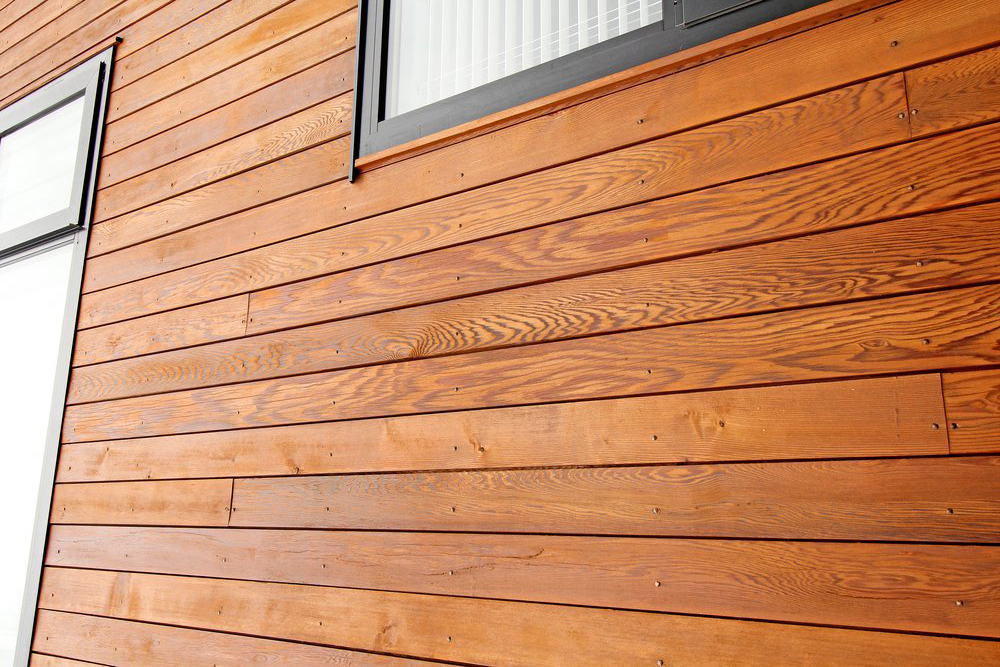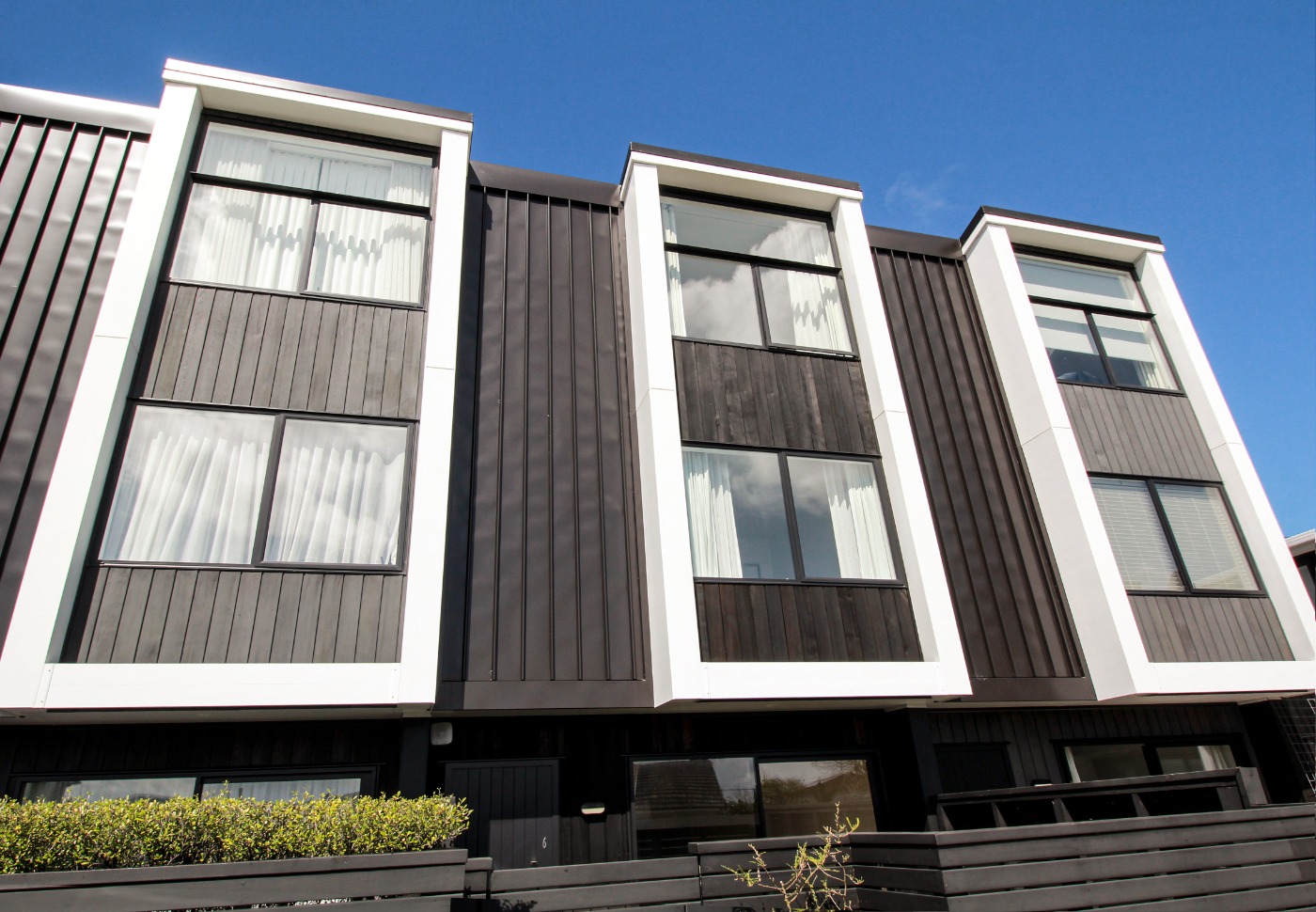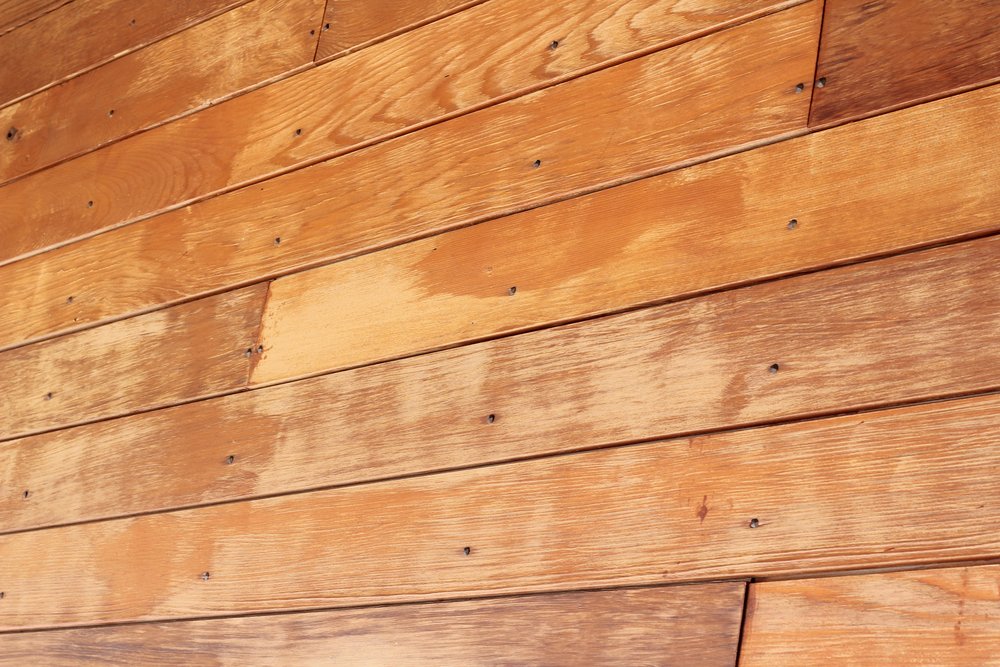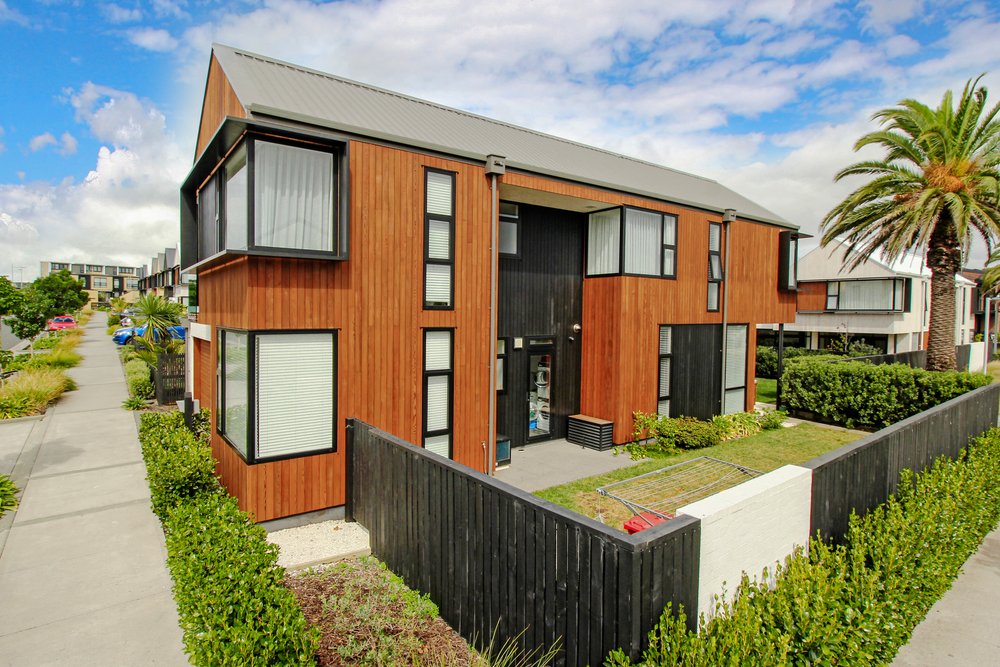Applying the right amount of oil is essential in protecting your Cedar from the harsh New Zealand sun.
The purpose of applying oil is to seal the boards from moisture. And the only way you can seal the boards is to put enough oil into the deep pockets of the timber that the water will stop getting in.
If the pores of the timber are not filled with oil, they will accept whatever other liquid there is available, such as the rain or moisture in the air. This causes the boards to swell and contract, absorbing and releasing moisture.
The summer heat will then dry the surface of the timber and as the surface tension gets tighter, the boards will begin to cup.
Follow the Manufacturers Guidelines
For the purposes of this article, we will look at the manufacturer’s guidelines for Wood-X.
Coverage of Wood-X penetrating wood oils is dependent on surface condition, timber type, air temperature and other factors. The following is an approximate, typical guide.

The range of sq meters per litre (such as 9-14 sq meters for the first coat of dressed timber) is a guideline for different situations. There will be areas where the boards will allow you to put the maximum recommendations on, and areas where you will only get the minimum.
The end grain of the Cedar is nice and open and will suck up the oil, whereas the heart of the tree is a lot harder and does not absorb the oil as easily.
Other factors include the porosity of the board, how warm it is (in warm temperatures the boards will expand and oil will penetrate more easily), and the type of timber also makes a difference.
A dressed faced board has a smooth finish, like trying to get oil to penetrate glass, so it takes a long time for the oil to soak in. With a band sawn finish or weathered finish, the pores are open and will accept oil more readily and get deeper into the timber.
Is More Oil Always Better?
More is best. You can’t put too much Wood-X on. The intention is to saturate the surface and put as much oil into the timber as you can.
The timber will tell you when it’s full. It says that by perspiring. It leaves a shiny film on the surface and at that point, you know that no more oil is going in.
Sometimes people try and apply stains or oils sparingly and get them to look pretty with the first application. That’s not the design of a penetrating oil such as Wood-X. Wood-X needs to be applied so the boards get saturated and no longer absorb oil. At that point, you stop.
3-5 sq meters per litre is not a lot of timber to cover with quite a lot of oil, but that is what’s required if you want the boards to be protected.
Does Recoated Cedar Have Different Requirements?
No, the same principles apply. Saturate the surface and put as much oil into the timber as you can.
For new Cedar, the first recoat timing starts when the boards are installed and exposed to the air trafficking around the outside of the board. On a dressed face, the small pockets have already been filled with oil, so you are going to get 12-15 sq meters per litre.
That first coat can feel like it’s a waste of time. It’s not, it’s just very labour intensive for not a lot of gain, but it will set you up for the future of your timber.
Application Tips
- Be careful to protect the areas you don’t want oil on. It migrates very quickly and will get onto decking and painted weatherboards. Once soaked in, oil is difficult to get out.
- Using a spray gun is fast and effective, but we recommend using a brush or speed brush to take off any excess oil before it drips.
- Spend the time to get the colour right. Choose a colour you like and stay lighter, that way the 2nd coat can go darker. It’s hard to go the other way around.
- How long until the oil is dry to touch? If it’s a warm and windy day, around 48 hours after coating. With harder woods, or in cold conditions, you may need to extend that to 72 – 96 hours. As long as it takes to soak in.
- When you start to see the colour fade, that’s an indicator that your Cedar needs attention. Or when the rain comes and the boards go very dark because they have soaked up the water. Both are tell-tale signs that there is no oil in the pores of the timber.
Final Thoughts
Wood-X is tried and tested in New Zealand conditions. For stress free Cedar maintenance, simply follow the manufacturer’s guidelines and your boards will last forever (well, almost).
If you need further advice, do not hesitate to get in touch with our team. We are always happy to help!


